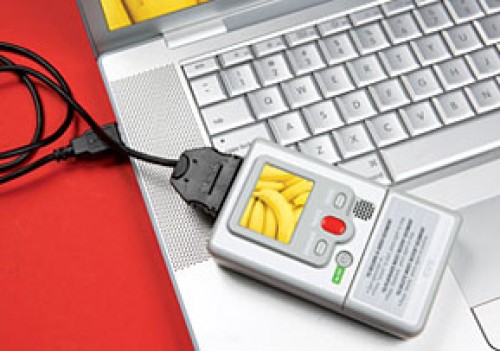Maxim has put together an article that describes how to make your own camcorder on the cheap. The program that you need for your computer can be found here.
"There’s no reason to shell out big bucks for a video camera if all you’re doing is screwing around on Youtube, so why not take one of those cheap little disposables and turn it into a full-blown embarrassment-capturing machine?
Supplies:
CVS single-use camcorder
Wire cutters
Palm m100 sync cable
USB cable with type
B female connector
Soldering iron and solder
Computer"
Thanks Carrie


Permalink
Did this two years ago. This is old news.
Permalink
old article recycled poorly. instructions are atrocious. at first i thought this was some new DIY piece by Maxim IC (its Maxim Magazine) LOL.
Permalink
Am I correct in saying these CVS camcorders are essentially rent and return units? The companies invest substantial funds buying lots of them, and make their money back renting them out for a time?
Isn’t this then like stealing a rental car?
The way I see it the only difference is that a car is far more conspicuous, trackable, and expensive than a camcorder.
If this is so, then this is just downright theft – Like providing instructions on how to change the license plates/distinguishing marks, etc of a rental car, so to speak!
I’m perfectly able to admit my ignorance seeing as we don’t have such things in the UK – Is each unit typically rented out to multiple people, or are they meant to be ‘one-use disposeable’? Doesn’t make much sense if they’re disposeable.
Permalink
I looked in to this about six months ago (I was considering using it for Kite Aerial Photography, which could be damaged easily so I didn’t want to spend too much) and it seems that you used to be able to hook up a standard USB cable if you knew exactly where to solder to.
However, that was awhile ago; enough people had done this that they went and encrypted the output (really can’t blame ’em.) From what I understand, you still can hook up a removable memory socket (if you’re good at soldering 0.05 inch connectors) and then read the memory card in a standard PC.